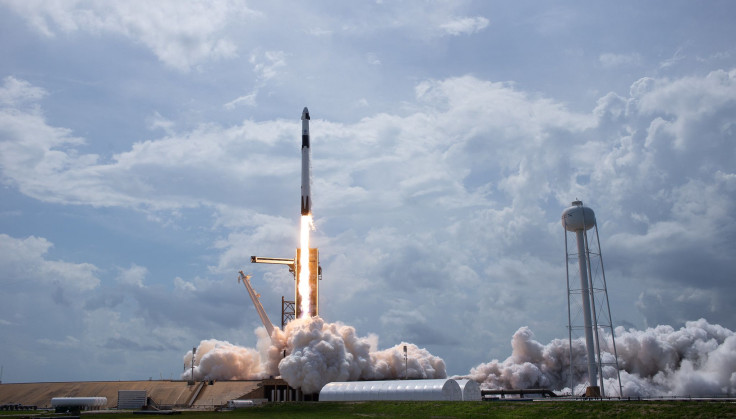Scientists from the Royal Astronomical Society (RAS) are on the hunt for Moon Trees that have landed on Earth in 1971. The trees were from a packet of seeds brought home by Stuart Roosa, one of three NASA astronauts who came from the third crewed space mission to the moon aboard Apollo 14.
Roosa, who was also a former US Forest Service parachute fighter, carried the seeds safely tucked in his personal luggage and sealed in small plastic pouches that were stored in a metal canister. The seeds were part of the moon mission of Apollo 14 as an experiment to see how these would react to the unfamiliar environment of outer space.
When Apollo 14 returned to Earth on Feb. 14, 1971, the seeds were later germinated by the Forest Service and have since been known as 'Moon Trees'. These were planted throughout the United States and around the world with about 15 of them believed to be likely growing in the UK.
There could be as many as 15 Moon Trees in the UK – trees grown from seeds flown around the Moon by NASA astronaut Stuart Roosa in 1971. But where are they now?
— Royal Astronomical Society (@RoyalAstroSoc) April 20, 2021
The RAS & @spacegovuk would love to know - if you have any information, get in touch!https://t.co/PjJLJdmsUK pic.twitter.com/sOM4k82FYv
The UK Space Agency has joined efforts with the RAS to try and locate them as some could be in any part of the UK including private gardens.
According to CNN, Roosa had about 500 seeds in tow, namely loblolly pine, sycamore, sweetgum, redwood and Douglas fir.
NASA said there was no systematic effort that kept track of the seeds, but they have since located about 60 trees in the US as well as in Brazil, Japan and Switzerland.
Steve Miller, vice president of the RAS and professor at University College London said, he began his quest to find the trees after a sitting with the popular BBC radio show “Gardener’s Question Time." During the show, he was asked about a suitable horticultural way to mark the bicentenary celebration of the RAS in 2020.
It is said that about a third of the 500 seed collection have died since they were planted in 1971 and to this day, gardening enthusiasts and specialists say no evidence has been found to prove these supposedly are in the UK.
Miller was able to track down a "half moon tree" that was created from a cutting taken from one of the moon trees planted in the United States. The half moon tree still grows to this day in a private garden in the village of Flamstead in the Chiltern Hills to the north of London. A cutting from the tree has been promised to the RAS for its bicentenary.
Miller continues to appeal to the public for any leads on the seeds.
A good number of the seeds were given away to state forestry organizations in the United States between 1975 and 1976 as part of the country’s bicentennial celebrations.
NASA reported that a loblolly pine was planted at the White House while some have also been planted in Washington Square in Philadelphia, in the International Forest of Friendship at Valley Forge. A handful of them found their way in various universities and NASA centers.
The Forest Service eagerly studied the genetic structure of the said space seeds and were happily surprised to find out they were able to sprout and grow normally upon returning to Earth.
In a statement from Libby Jackson, Human Exploration Manager at the UK Space Agency said: "Sending seeds to space helps us understand the effect of the unique environment on seeds' biological makeup. Understanding the effects of space on ungerminated seeds will be vital for future space missions, including when we look to sustain human life beyond Earth.”
Other seeds have since been going on missions to space and have successfully sprouted. In 2015, two kilograms (4.4 pounds) of salad seeds spent six months on board the International Space Station and were successfully planted back on Earth. However, it was observed these grew slower than their counterparts that were Earth-bound.

© 2025 Latin Times. All rights reserved. Do not reproduce without permission.



